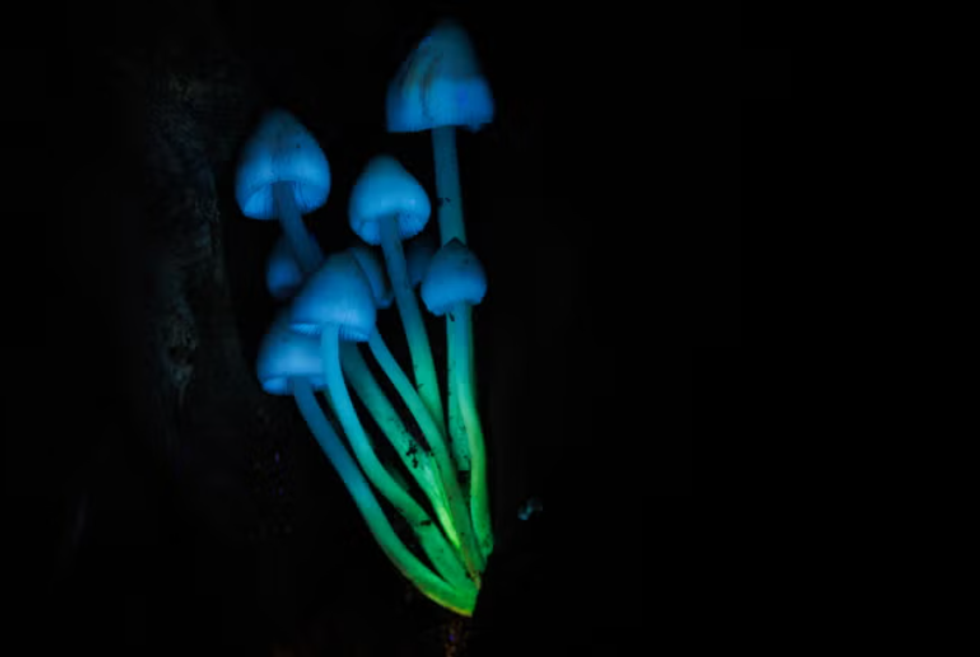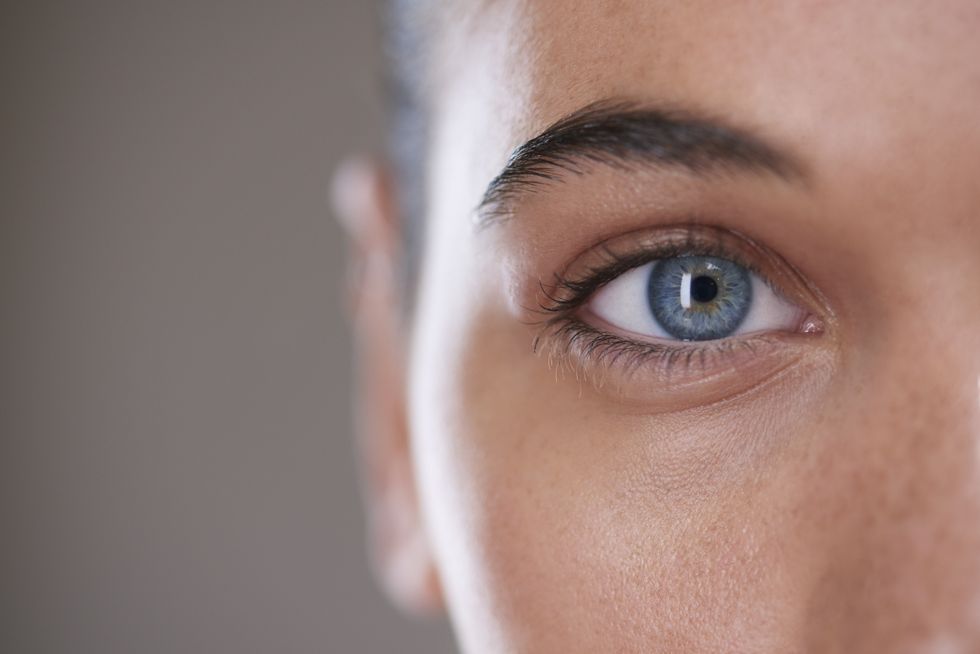What happens when you die: All living beings emit 'strange glow' invisible to naked eye

The faint light falls within a spectral range of 200 to 1,000 nanometres
Don't Miss
Most Read
Latest
All living creatures emit a strange glow that vanishes when they die, according to a new study that could revolutionise medical diagnosis.
This phenomenon, known as ultraweak photon emission (UPE) or biophoton emission, is invisible to the human eye but has been documented across all life forms.
The faint light falls within a spectral range of 200 to 1,000 nanometres and can be observed in organisms ranging from single cells and bacteria to plants, animals and humans.
Researchers from the University of Calgary in Canada found that live mice emitted significantly higher UPE with greater intensity compared to recently deceased mice.

All living creatures emit a strange glow
|Getty
The study, published in The Journal of Physical Chemistry Letters, documented this difference despite both groups having the same body temperature of 37C.
In plants, the researchers observed that UPE varied depending on exposure to different stress factors.
Temperature changes, injury and chemical treatments all affected the intensity of the glow emitted by plants.
Scientists explain that this glow is linked to metabolism, which fuels life-sustaining processes in all organisms.
LATEST DEVELOPMENTS:

Mushrooms glow under ultraviolet-induced visible fluorescence
|Getty
A byproduct of metabolism is reactive oxygen species (ROS), highly reactive oxygen-containing molecules that can lead to oxidative stress.
The researchers noted in their study: "Our investigation reveals a significant contrast between the UPE from live vs dead mice."
The findings suggest UPE could serve as a sensitive indicator of vitality in animals and stress response in plants, potentially leading to "non-invasive label-free imaging" for future research and clinical diagnostics.
To study the phenomenon, scientists developed dark enclosures to eliminate environmental light interference and used special camera systems for imaging plants and animals.

The glow is invisible to the human eye
|Getty
Their experiments revealed that increasing temperature and injuries both caused plants to increase their UPE intensity.
Chemical treatments also modified the glow characteristics.
The application of benzocaine, a local anaesthetic, to injury sites in plants produced the highest emission among all compounds tested in the study.
These findings could help develop UPE imaging for future research and clinical applications.










